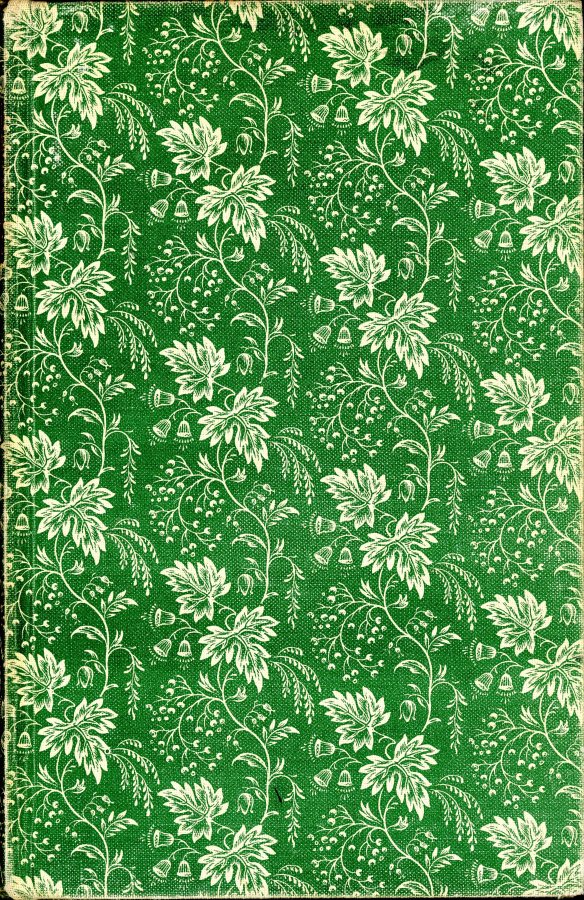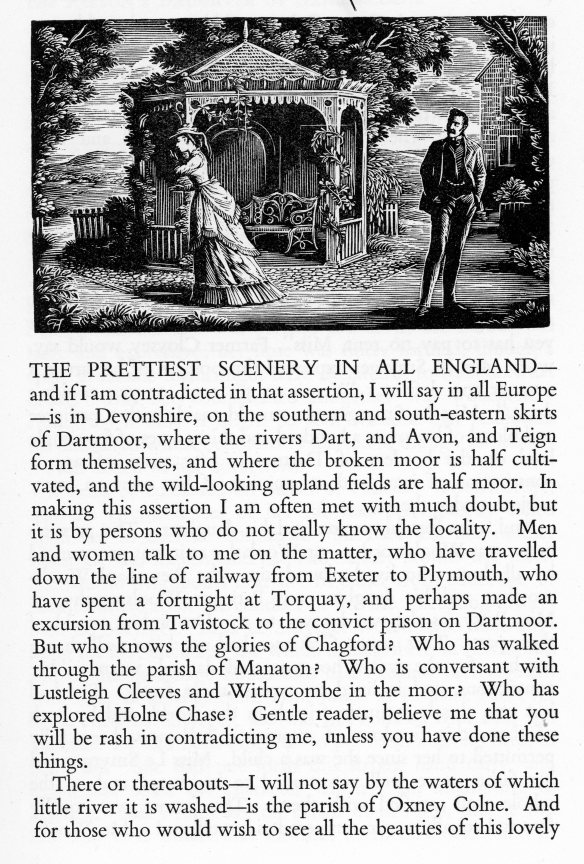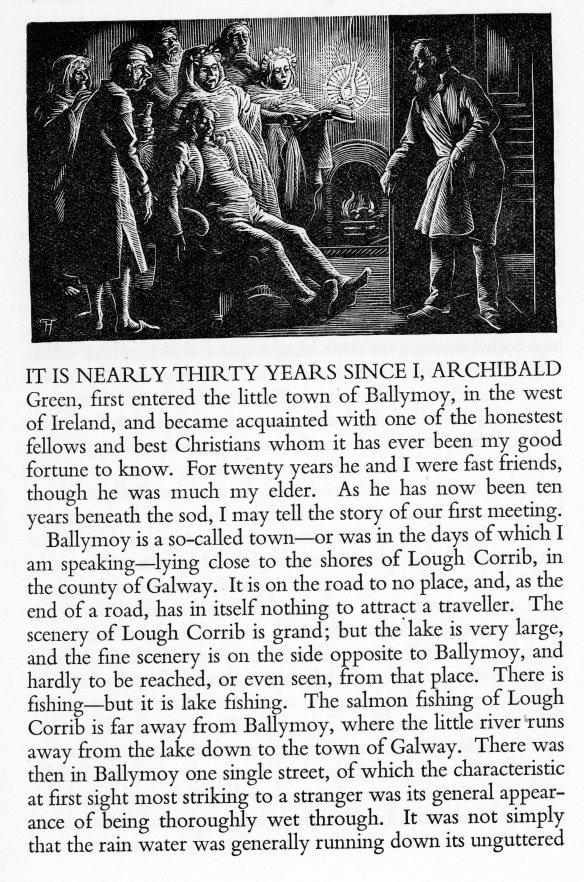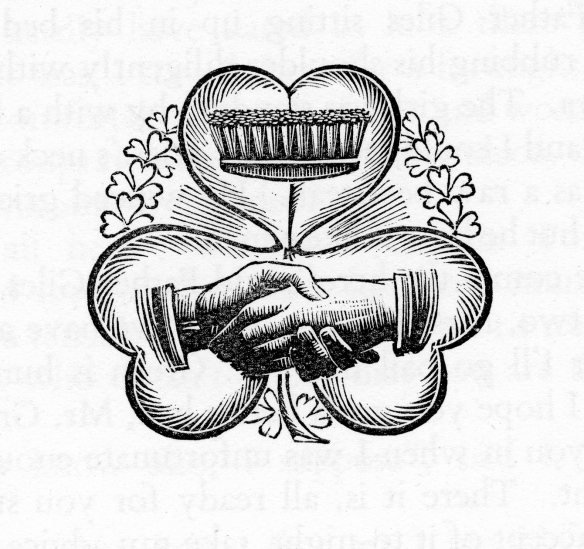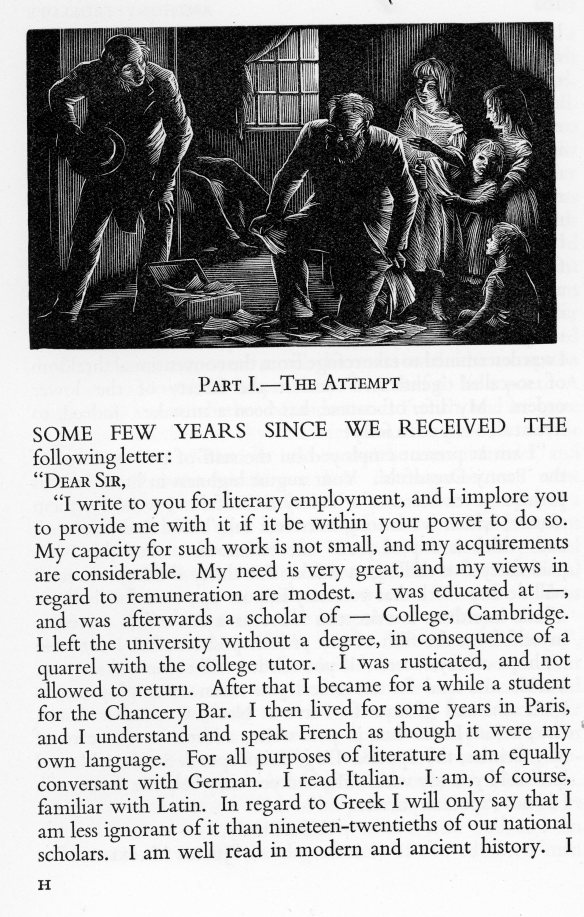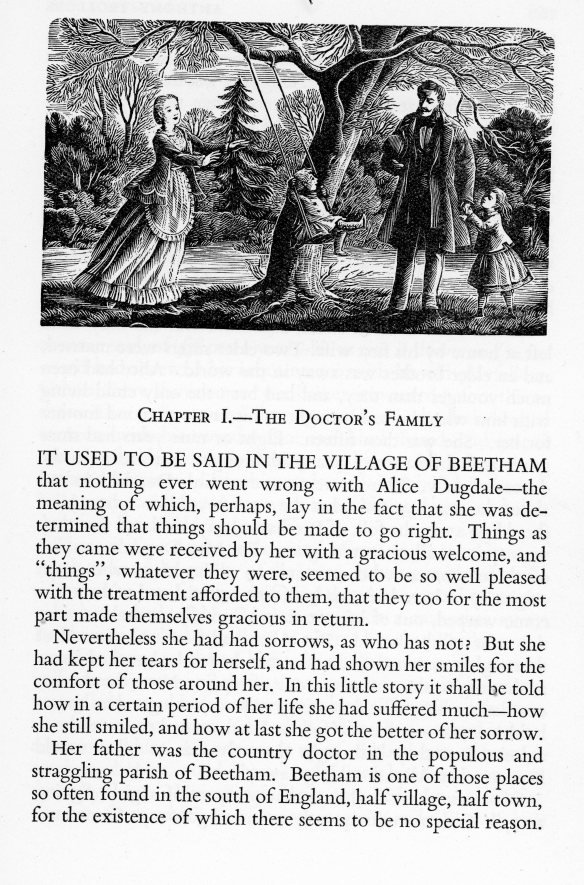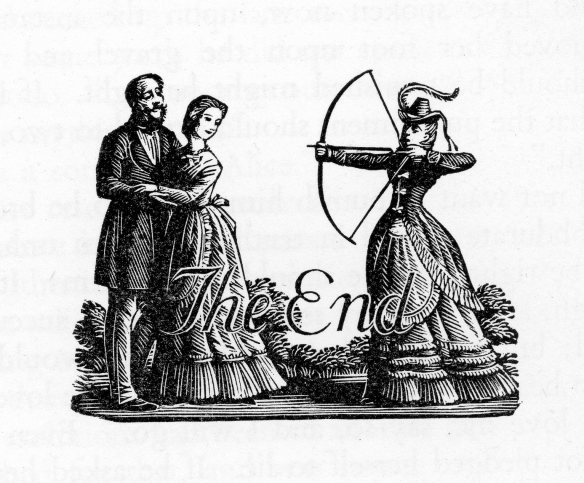Early this morning I watched a recording of last night’s rugby World Cup match between South Africa and Tonga.
Later I posted
being a submission for the latest challenge from denzilnature.com
The whole world knows that the phrase Jekyll and Hyde indicates a person with two sides to their personality – one good and one evil. But how many people, even if they know that this originates in Robert Louis Stevenson’s masterpiece of insightful depiction of humanity’s dual nature; still more how many of us know the detail of the mystery, horror, and science fiction encompassed in this short novel?
Mervyn Peake, author and illustrator of his own Gormenghast trilogy, was an inspired choice of illustrator for
of which
these are the boards.
With honest revelations of his own duality Stevenson made use of his personal early life in producing a first version which pleased him, in three days, then falling into a rage when his wife – his best critic – told him it wouldn’t do. The next day he burnt it, acknowledged that she was right, and wrote what we have today in three more days. I am indebted to John Hampden’s knowledgable and literary introduction for this information.
The author’s complex and insightful observation of human nature is used to full effect as he explores his theme.
Having presented the illustrations as double spreads in order to display some of the prose I trust I have not really given too much detail of the story which is the author’s vehicle for his exploration. The results of a disastrous experiment are only revealed after the climax.
Stevenson’s customary use of weather conditions; the play of light and dark; and night and day in order to portray the mood of the story even penetrated my own reading experience. The morning had been dull, dry, warm, and overcast. Suddenly, in mid afternoon, a flash of lightning was seen through our window; we were plunged into darkness, before which we had had no need of our electric lights; a clap of thunder sent the garden birds scattering as if a raptor were in the air; and glistening leaves on the trees threw off bouncing raindrops. This was when I had reached the crescendo of the book.
Later, as in one of the last pages I read a description of bright spring day, I realised we didn’t need our electric lights any more.
This evening we all dined on Jackie’s chicken jalfrezi and korma according to our preference; peshwari naan; pilau rice; and vegetable samosas, with which she finished the Zesty and I drank more of the Shiraz.













